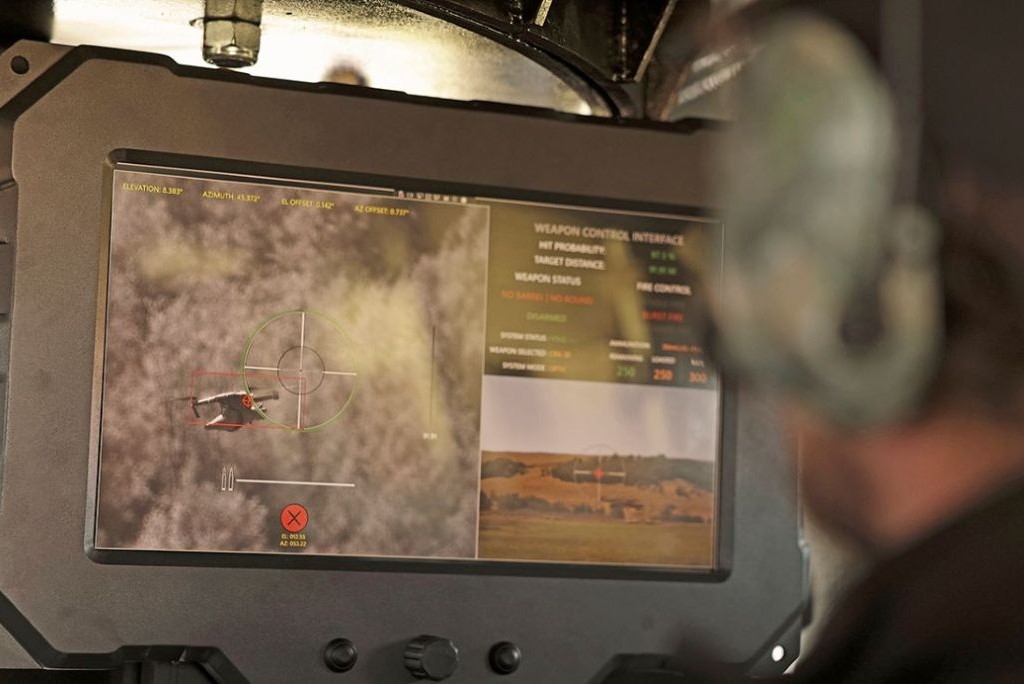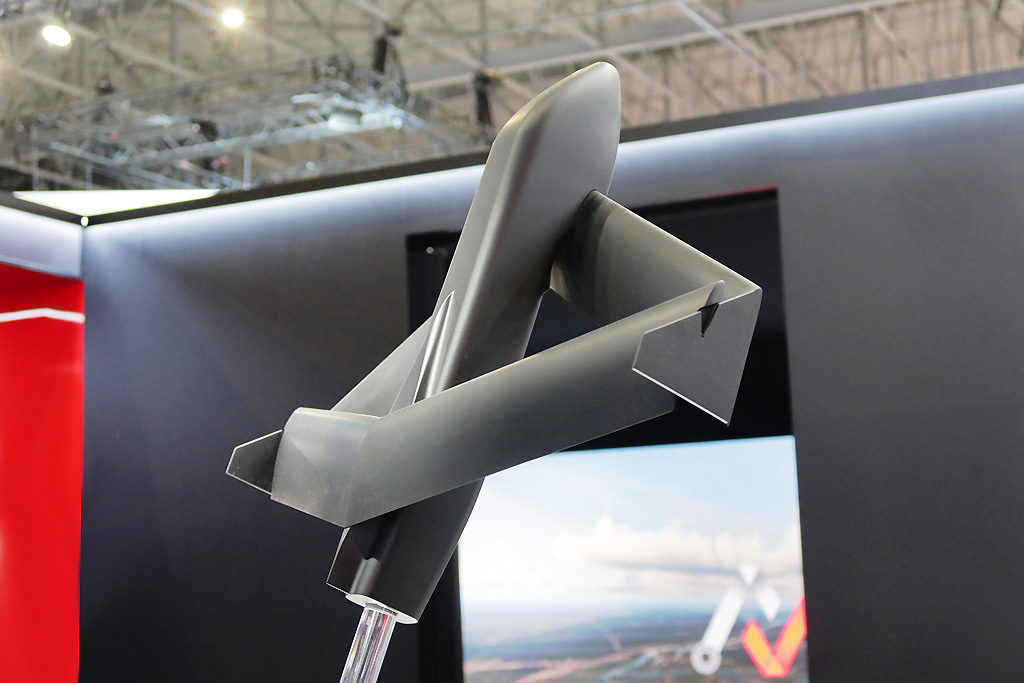Advancements in Defense Technology: A Strategic Imperative for U.S. Military Superiority
In the ever-evolving landscape of modern warfare, the U.S. Department of War (DoW) is prioritizing six critical technology domains to ensure that American military personnel maintain a decisive edge in future combat scenarios. Undersecretary of War for Research and Engineering, Emil Michael, has articulated these focus areas, which include:
- Applied Artificial Intelligence (AI)
- Biomanufacturing
- Contested Logistics Technology
- Quantum Battlefield Information Dominance
- Scaled Directed Energy
- Scaled Hypersonics
The Imperative of Speed in Technological Adoption
Supportive of these initiatives, Michael emphasized the pressing need for rapid innovation and deployment, stating, “Our adversaries are moving fast, but we will move faster. The warfighter is not asking for results tomorrow; they need them today.” He underscored that these technology areas are not merely preferences but essential imperatives for maximizing lethality and operational effectiveness on the battlefield.
The Role of Artificial Intelligence
The urgency surrounding AI’s integration into military operations is underscored in President Trump’s ‘Winning the Race: America’s AI Action Plan’, released on July 23. This directive fosters a robust and secure adoption of AI technologies, intending to sustain U.S. military preeminence globally. Michael asserts, “When adopted swiftly, AI will fundamentally transform the department from enterprise operations to intelligence analysis and combat strategies.”
Innovations in Biomanufacturing
Biomanufacturing is evolving as a key player in defense logistics. This innovative approach utilizes genetically engineered organisms to produce essential materials needed for military applications. Michael articulated that this strategy allows the DoW to “harness living systems to produce capabilities at scale,” paving the way for bio-based alternatives crucial for warfighting needs. Such solutions not only promise efficiency but could also enhance sustainability in military supply chains.
Advancements in Directed Energy Technology
Directed energy systems, particularly high-energy lasers and high-power microwave technologies, will further enhance the U.S. military’s deterrent capabilities. These technologies provide cost-effective, rapid-reaction options against various aerial threats. Michael remarked on the potential of these systems to effectively neutralize unmanned aerial vehicles (UAVs) and other airborne hazards, thus adding layers of defense that can adapt to the dynamic battlefield environment.
Scaling Hypersonic Capabilities
The focus on hypersonics represents a paradigm shift in military strategy. By scaling production and reducing costs, the DoW aims to field hypersonic weapons more broadly within the armed forces. This advancement promises not only to enhance strike capabilities but also to provide the U.S. military with unprecedented speed and precision, complicating adversaries’ defensive postures.
A Vision for the Future of Warfare
Reflecting on the significance of these technological priorities, U.S. Secretary of War Pete Hegseth stated, “Our nation’s military has always been the tip of the spear. Undersecretary Emil Michael’s six critical technology areas will ensure that our warriors never enter a fair fight and have the best systems in their hands for maximum lethality.”
The integration of these advanced technologies will reinforce the U.S. military’s commitment to remaining the preeminent fighting force globally, capable of addressing not just contemporary threats but also emerging challenges in the multifaceted domain of future warfare.
This strategic approach is a stark reminder of the necessity for continuous innovation and the seamless infusion of emerging technologies into military operations. As the global security environment remains unpredictable, the U.S. Department of War’s commitment to these six focus areas will play a pivotal role in shaping the future of defense and ensuring the superiority of American forces on the global stage.





